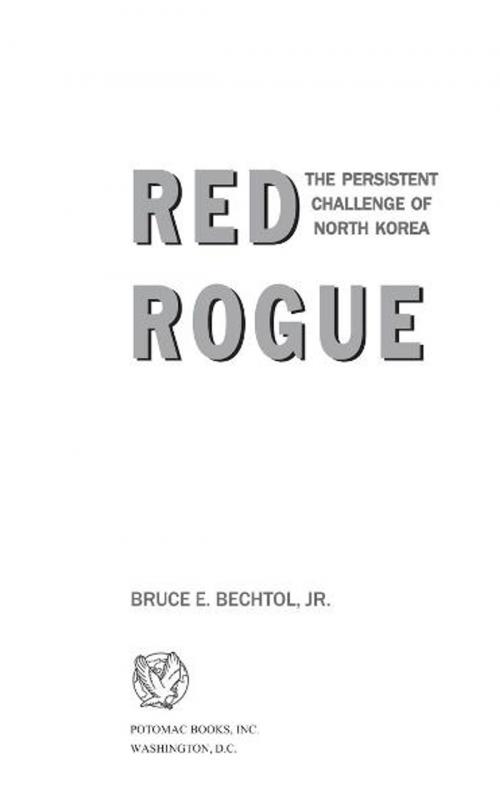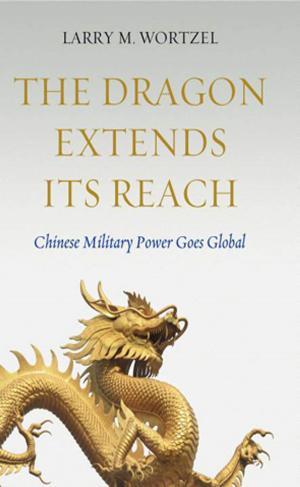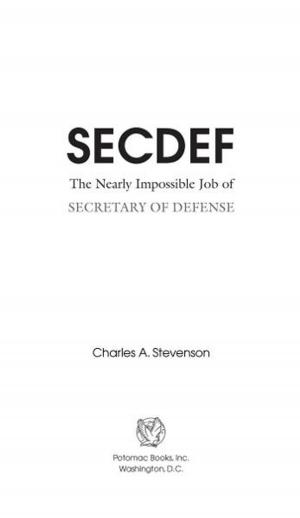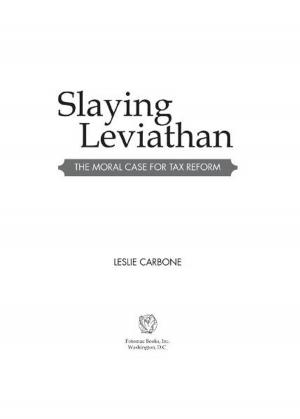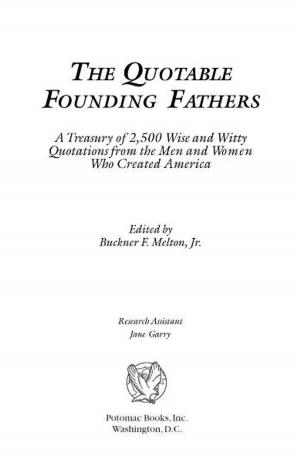Red Rogue
Nonfiction, Social & Cultural Studies, Political Science, Politics, Arms Control, International, International Security, International Relations| Author: | Bruce E. Bechtol, Jr. | ISBN: | 9781612343631 |
| Publisher: | Potomac Books Inc. | Publication: | September 30, 2007 |
| Imprint: | Potomac Books Inc. | Language: | English |
| Author: | Bruce E. Bechtol, Jr. |
| ISBN: | 9781612343631 |
| Publisher: | Potomac Books Inc. |
| Publication: | September 30, 2007 |
| Imprint: | Potomac Books Inc. |
| Language: | English |
In Red Rogue, Bruce Bechtol analyzes the changing nature of North KoreaÆs national defense, foreign policy, and illicit economic activities in the postû9/11 era. He describes how North Korea has adapted to a changing global and regional environment to ensure regime survival and has often dictated the agenda in East Asia. Bechtol explains why North Korea frequently resorts to brinkmanship and provocations as foreign policy tools and why North Korea remains a threat to the United States and South Korea.
After a detailed discussion of North KoreaÆs internal politics and foreign policy, Red Rogue examines the diverging U.S. and South Korean assessments of security on the peninsula, the health of the rapidly changing South KoreaûU.S. alliance, and the badly deteriorated South Korean civil-military relationship. Using a framework that focuses on diplomatic, informational, military, and economic instruments of national power, the author reveals the dynamic and complicated challenges for security and stability on the Korean Peninsula. The reader will gain a clear perspective of the paradigm shifts in U.S., South Korean, and North Korean policies in recent years. The book is essential reading for scholars, policymakers, military strategists, and anyone who has an interest in East Asian affairs.
After a detailed discussion of North KoreaÆs internal politics and foreign policy, Red Rogue examines the diverging U.S. and South Korean assessments of security on the peninsula, the health of the rapidly changing South KoreaûU.S. alliance, and the badly deteriorated South Korean civil-military relationship. Using a framework that focuses on diplomatic, informational, military, and economic instruments of national power, the author reveals the dynamic and complicated challenges for security and stability on the Korean Peninsula. The reader will gain a clear perspective of the paradigm shifts in U.S., South Korean, and North Korean policies in recent years. The book is essential reading for scholars, policymakers, military strategists, and anyone who has an interest in East Asian affairs.
In Red Rogue, Bruce Bechtol analyzes the changing nature of North KoreaÆs national defense, foreign policy, and illicit economic activities in the postû9/11 era. He describes how North Korea has adapted to a changing global and regional environment to ensure regime survival and has often dictated the agenda in East Asia. Bechtol explains why North Korea frequently resorts to brinkmanship and provocations as foreign policy tools and why North Korea remains a threat to the United States and South Korea.
After a detailed discussion of North KoreaÆs internal politics and foreign policy, Red Rogue examines the diverging U.S. and South Korean assessments of security on the peninsula, the health of the rapidly changing South KoreaûU.S. alliance, and the badly deteriorated South Korean civil-military relationship. Using a framework that focuses on diplomatic, informational, military, and economic instruments of national power, the author reveals the dynamic and complicated challenges for security and stability on the Korean Peninsula. The reader will gain a clear perspective of the paradigm shifts in U.S., South Korean, and North Korean policies in recent years. The book is essential reading for scholars, policymakers, military strategists, and anyone who has an interest in East Asian affairs.
After a detailed discussion of North KoreaÆs internal politics and foreign policy, Red Rogue examines the diverging U.S. and South Korean assessments of security on the peninsula, the health of the rapidly changing South KoreaûU.S. alliance, and the badly deteriorated South Korean civil-military relationship. Using a framework that focuses on diplomatic, informational, military, and economic instruments of national power, the author reveals the dynamic and complicated challenges for security and stability on the Korean Peninsula. The reader will gain a clear perspective of the paradigm shifts in U.S., South Korean, and North Korean policies in recent years. The book is essential reading for scholars, policymakers, military strategists, and anyone who has an interest in East Asian affairs.
